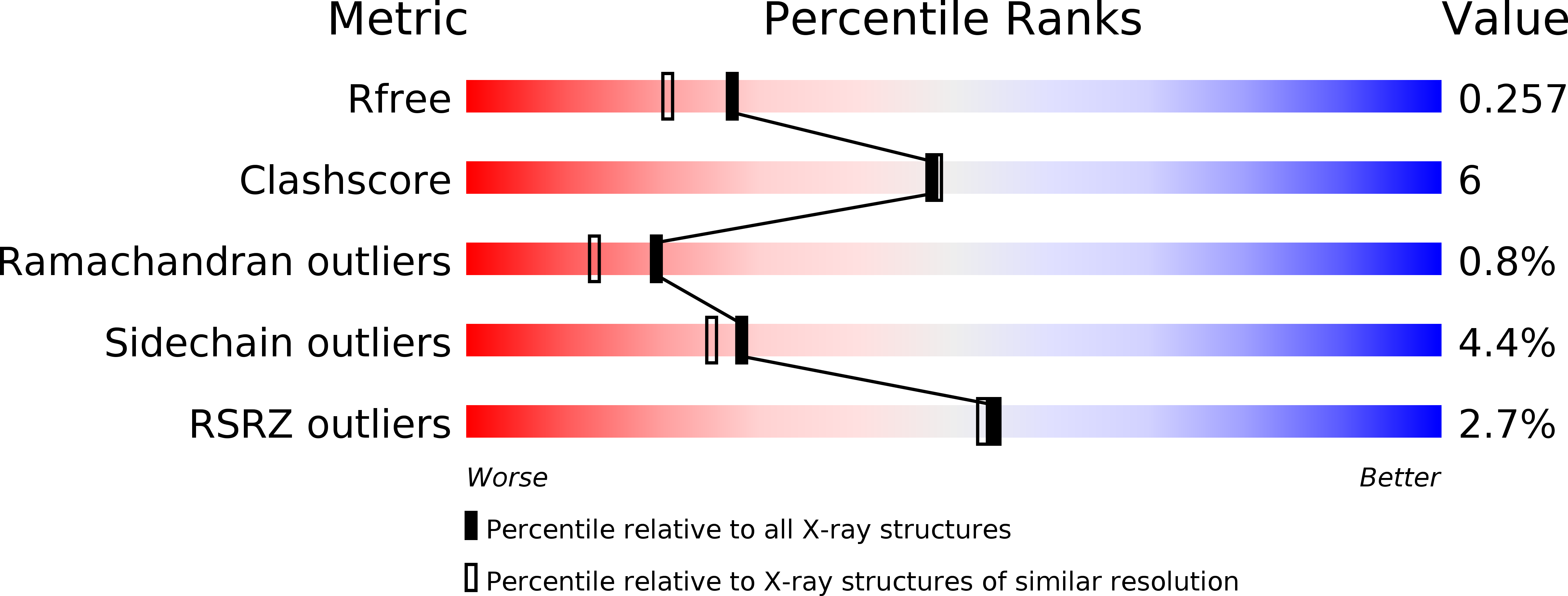
Deposition Date
2013-05-23
Release Date
2013-07-24
Last Version Date
2024-02-28
Entry Detail
PDB ID:
4KWC
Keywords:
Title:
Structure of the plantazolicin methyltransferase BpumL in complex with SAH
Biological Source:
Source Organism:
Bacillus pumilus (Taxon ID: 1408)
Host Organism:
Method Details:
Experimental Method:
Resolution:
1.99 Å
R-Value Free:
0.25
R-Value Work:
0.18
R-Value Observed:
0.19
Space Group:
P 21 21 2


